Xiaofeng Cong
Underwater Organism Color Enhancement via Color Code Decomposition, Adaptation and Interpolation
Sep 29, 2024



Abstract:Underwater images often suffer from quality degradation due to absorption and scattering effects. Most existing underwater image enhancement algorithms produce a single, fixed-color image, limiting user flexibility and application. To address this limitation, we propose a method called \textit{ColorCode}, which enhances underwater images while offering a range of controllable color outputs. Our approach involves recovering an underwater image to a reference enhanced image through supervised training and decomposing it into color and content codes via self-reconstruction and cross-reconstruction. The color code is explicitly constrained to follow a Gaussian distribution, allowing for efficient sampling and interpolation during inference. ColorCode offers three key features: 1) color enhancement, producing an enhanced image with a fixed color; 2) color adaptation, enabling controllable adjustments of long-wavelength color components using guidance images; and 3) color interpolation, allowing for the smooth generation of multiple colors through continuous sampling of the color code. Quantitative and visual evaluations on popular and challenging benchmark datasets demonstrate the superiority of ColorCode over existing methods in providing diverse, controllable, and color-realistic enhancement results. The source code is available at https://github.com/Xiaofeng-life/ColorCode.
Unrevealed Threats: A Comprehensive Study of the Adversarial Robustness of Underwater Image Enhancement Models
Sep 10, 2024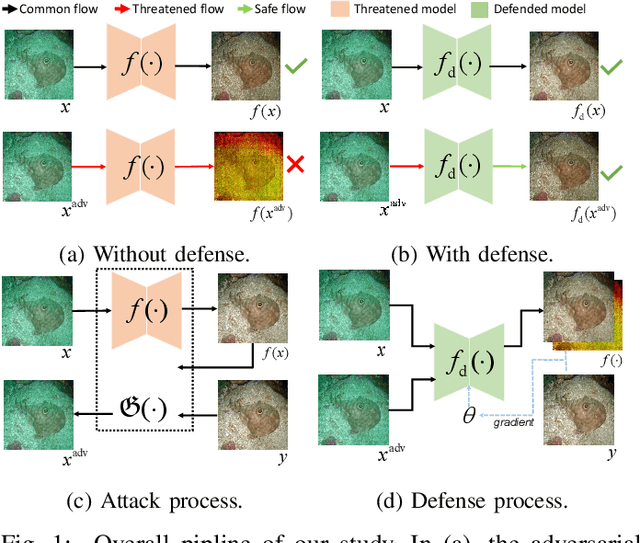


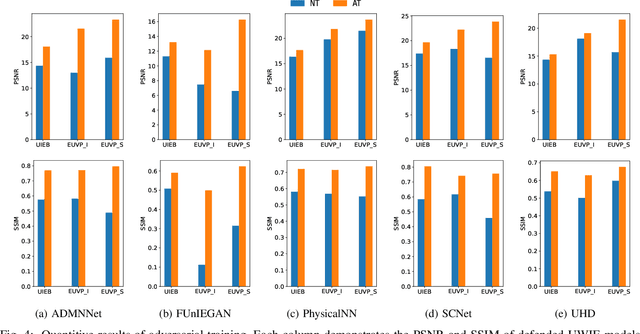
Abstract:Learning-based methods for underwater image enhancement (UWIE) have undergone extensive exploration. However, learning-based models are usually vulnerable to adversarial examples so as the UWIE models. To the best of our knowledge, there is no comprehensive study on the adversarial robustness of UWIE models, which indicates that UWIE models are potentially under the threat of adversarial attacks. In this paper, we propose a general adversarial attack protocol. We make a first attempt to conduct adversarial attacks on five well-designed UWIE models on three common underwater image benchmark datasets. Considering the scattering and absorption of light in the underwater environment, there exists a strong correlation between color correction and underwater image enhancement. On the basis of that, we also design two effective UWIE-oriented adversarial attack methods Pixel Attack and Color Shift Attack targeting different color spaces. The results show that five models exhibit varying degrees of vulnerability to adversarial attacks and well-designed small perturbations on degraded images are capable of preventing UWIE models from generating enhanced results. Further, we conduct adversarial training on these models and successfully mitigated the effectiveness of adversarial attacks. In summary, we reveal the adversarial vulnerability of UWIE models and propose a new evaluation dimension of UWIE models.
A Comprehensive Survey on Underwater Image Enhancement Based on Deep Learning
May 30, 2024Abstract:Underwater image enhancement (UIE) is a challenging research task in the field of computer vision. Although hundreds of UIE algorithms have been proposed, a comprehensive and systematic review is still lacking. To promote future research, we summarize the UIE task from multiple perspectives. First, the physical models, data construction processes, evaluation metrics, and loss functions are introduced. Second, according to the contributions brought by different literatures, recent proposed algorithms are discussed and classified from six perspectives, namely network architecture, learning strategy, learning stage, assistance task, domain perspective and disentanglement fusion, respectively. Third, considering the inconsistencies in experimental settings in different literatures, a comprehensive and fair comparison does not yet exist. To this end, we quantitatively and qualitatively evaluate state-of-the-art algorithms on multiple benchmark datasets. Finally, issues worthy of further research in the UIE task are raised. A collection of useful materials is available at https://github.com/YuZhao1999/UIE.
A Comprehensive Survey and Taxonomy on Point Cloud Registration Based on Deep Learning
Apr 22, 2024



Abstract:Point cloud registration (PCR) involves determining a rigid transformation that aligns one point cloud to another. Despite the plethora of outstanding deep learning (DL)-based registration methods proposed, comprehensive and systematic studies on DL-based PCR techniques are still lacking. In this paper, we present a comprehensive survey and taxonomy of recently proposed PCR methods. Firstly, we conduct a taxonomy of commonly utilized datasets and evaluation metrics. Secondly, we classify the existing research into two main categories: supervised and unsupervised registration, providing insights into the core concepts of various influential PCR models. Finally, we highlight open challenges and potential directions for future research. A curated collection of valuable resources is made available at https://github.com/yxzhang15/PCR.
Linearly-evolved Transformer for Pan-sharpening
Apr 19, 2024



Abstract:Vision transformer family has dominated the satellite pan-sharpening field driven by the global-wise spatial information modeling mechanism from the core self-attention ingredient. The standard modeling rules within these promising pan-sharpening methods are to roughly stack the transformer variants in a cascaded manner. Despite the remarkable advancement, their success may be at the huge cost of model parameters and FLOPs, thus preventing its application over low-resource satellites.To address this challenge between favorable performance and expensive computation, we tailor an efficient linearly-evolved transformer variant and employ it to construct a lightweight pan-sharpening framework. In detail, we deepen into the popular cascaded transformer modeling with cutting-edge methods and develop the alternative 1-order linearly-evolved transformer variant with the 1-dimensional linear convolution chain to achieve the same function. In this way, our proposed method is capable of benefiting the cascaded modeling rule while achieving favorable performance in the efficient manner. Extensive experiments over multiple satellite datasets suggest that our proposed method achieves competitive performance against other state-of-the-art with fewer computational resources. Further, the consistently favorable performance has been verified over the hyper-spectral image fusion task. Our main focus is to provide an alternative global modeling framework with an efficient structure. The code will be publicly available.
A Semi-supervised Nighttime Dehazing Baseline with Spatial-Frequency Aware and Realistic Brightness Constraint
Mar 27, 2024



Abstract:Existing research based on deep learning has extensively explored the problem of daytime image dehazing. However, few studies have considered the characteristics of nighttime hazy scenes. There are two distinctions between nighttime and daytime haze. First, there may be multiple active colored light sources with lower illumination intensity in nighttime scenes, which may cause haze, glow and noise with localized, coupled and frequency inconsistent characteristics. Second, due to the domain discrepancy between simulated and real-world data, unrealistic brightness may occur when applying a dehazing model trained on simulated data to real-world data. To address the above two issues, we propose a semi-supervised model for real-world nighttime dehazing. First, the spatial attention and frequency spectrum filtering are implemented as a spatial-frequency domain information interaction module to handle the first issue. Second, a pseudo-label-based retraining strategy and a local window-based brightness loss for semi-supervised training process is designed to suppress haze and glow while achieving realistic brightness. Experiments on public benchmarks validate the effectiveness of the proposed method and its superiority over state-of-the-art methods. The source code and Supplementary Materials are placed in the https://github.com/Xiaofeng-life/SFSNiD.
Illumination Controllable Dehazing Network based on Unsupervised Retinex Embedding
Jun 09, 2023



Abstract:On the one hand, the dehazing task is an illposedness problem, which means that no unique solution exists. On the other hand, the dehazing task should take into account the subjective factor, which is to give the user selectable dehazed images rather than a single result. Therefore, this paper proposes a multi-output dehazing network by introducing illumination controllable ability, called IC-Dehazing. The proposed IC-Dehazing can change the illumination intensity by adjusting the factor of the illumination controllable module, which is realized based on the interpretable Retinex theory. Moreover, the backbone dehazing network of IC-Dehazing consists of a Transformer with double decoders for high-quality image restoration. Further, the prior-based loss function and unsupervised training strategy enable IC-Dehazing to complete the parameter learning process without the need for paired data. To demonstrate the effectiveness of the proposed IC-Dehazing, quantitative and qualitative experiments are conducted on image dehazing, semantic segmentation, and object detection tasks. Code is available at https://github.com/Xiaofeng-life/ICDehazing.
Adversarial Attack and Defense for Dehazing Networks
Mar 30, 2023



Abstract:The research on single image dehazing task has been widely explored. However, as far as we know, no comprehensive study has been conducted on the robustness of the well-trained dehazing models. Therefore, there is no evidence that the dehazing networks can resist malicious attacks. In this paper, we focus on designing a group of attack methods based on first order gradient to verify the robustness of the existing dehazing algorithms. By analyzing the general goal of image dehazing task, five attack methods are proposed, which are prediction, noise, mask, ground-truth and input attack. The corresponding experiments are conducted on six datasets with different scales. Further, the defense strategy based on adversarial training is adopted for reducing the negative effects caused by malicious attacks. In summary, this paper defines a new challenging problem for image dehazing area, which can be called as adversarial attack on dehazing networks (AADN). Code is available at https://github.com/guijiejie/AADN.
A Comprehensive Survey on Image Dehazing Based on Deep Learning
Jun 07, 2021



Abstract:The presence of haze significantly reduces the quality of images. Researchers have designed a variety of algorithms for image dehazing (ID) to restore the quality of hazy images. However, there are few studies that summarize the deep learning (DL) based dehazing technologies. In this paper, we conduct a comprehensive survey on the recent proposed dehazing methods. Firstly, we summarize the commonly used datasets, loss functions and evaluation metrics. Secondly, we group the existing researches of ID into two major categories: supervised ID and unsupervised ID. The core ideas of various influential dehazing models are introduced. Finally, the open issues for future research on ID are pointed out.
AIM 2020 Challenge on Real Image Super-Resolution: Methods and Results
Sep 25, 2020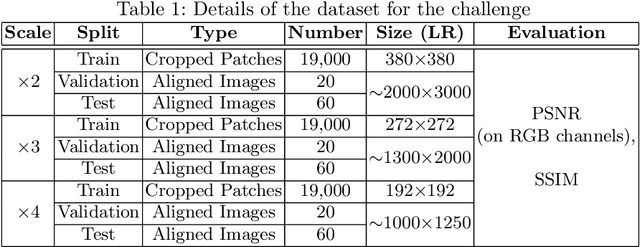
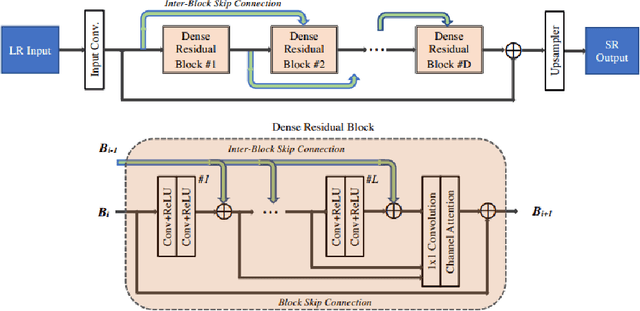
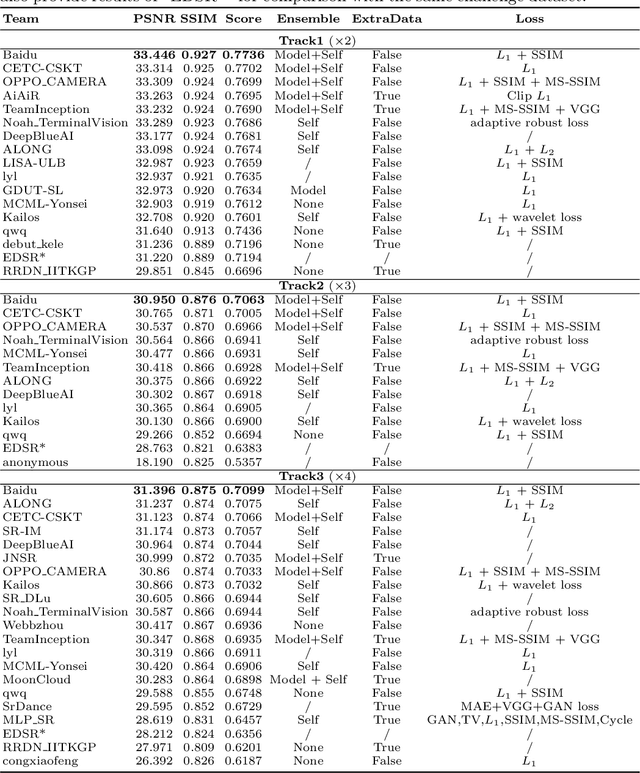
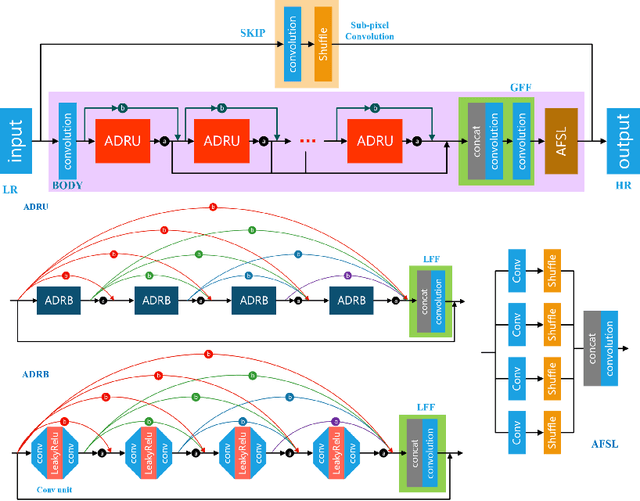
Abstract:This paper introduces the real image Super-Resolution (SR) challenge that was part of the Advances in Image Manipulation (AIM) workshop, held in conjunction with ECCV 2020. This challenge involves three tracks to super-resolve an input image for $\times$2, $\times$3 and $\times$4 scaling factors, respectively. The goal is to attract more attention to realistic image degradation for the SR task, which is much more complicated and challenging, and contributes to real-world image super-resolution applications. 452 participants were registered for three tracks in total, and 24 teams submitted their results. They gauge the state-of-the-art approaches for real image SR in terms of PSNR and SSIM.
 Add to Chrome
Add to Chrome Add to Firefox
Add to Firefox Add to Edge
Add to Edge